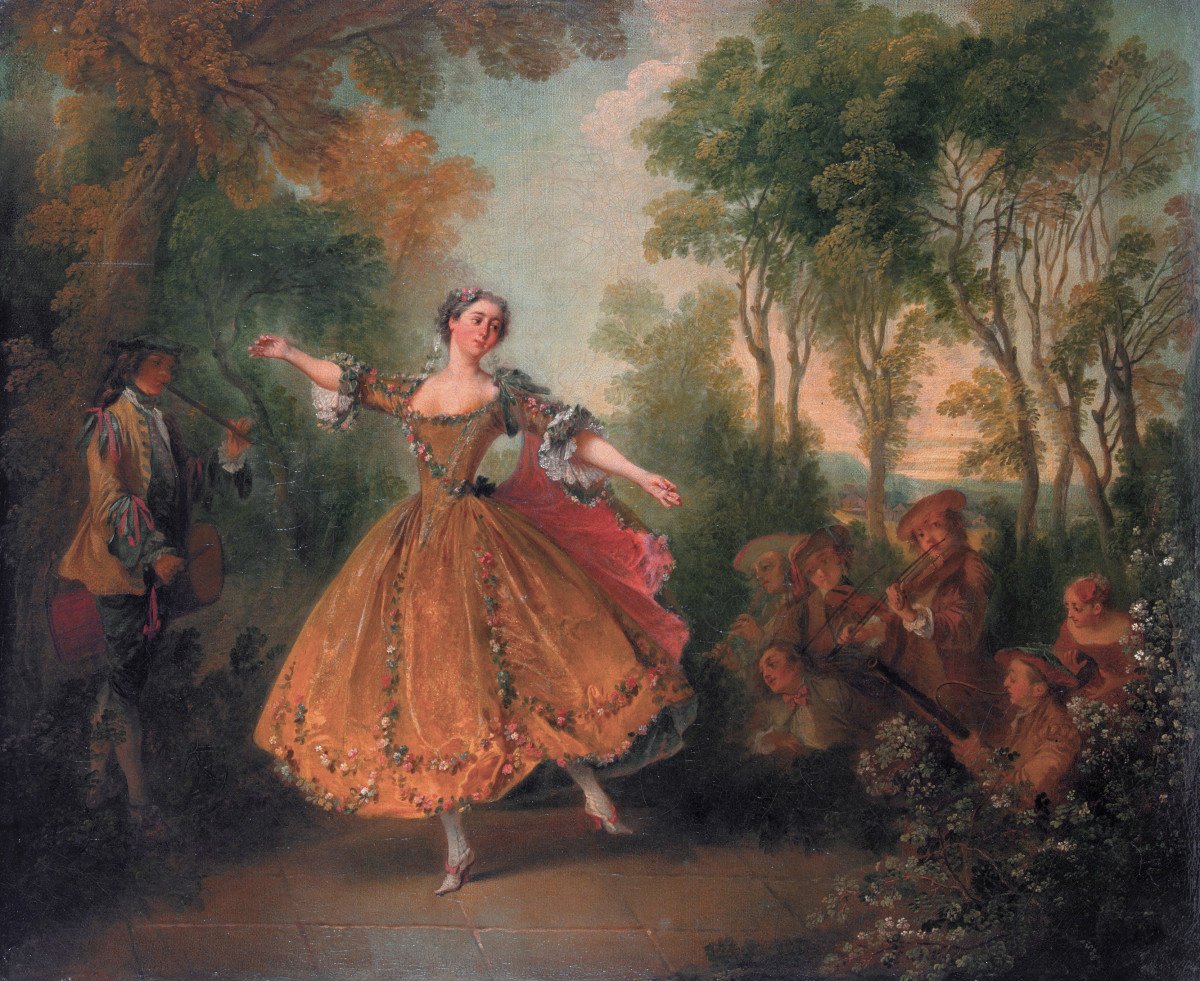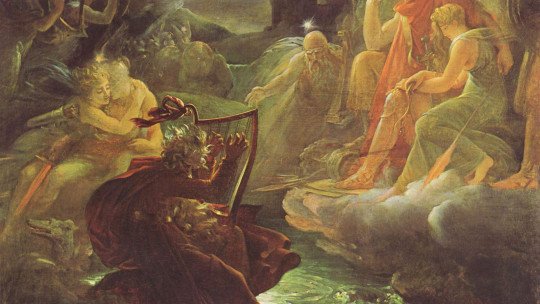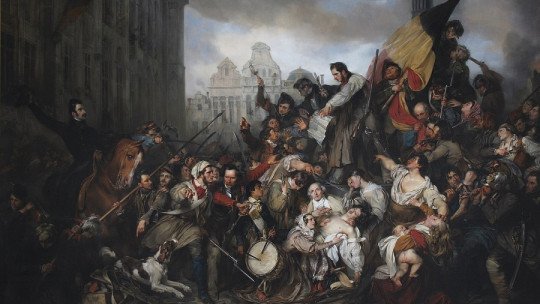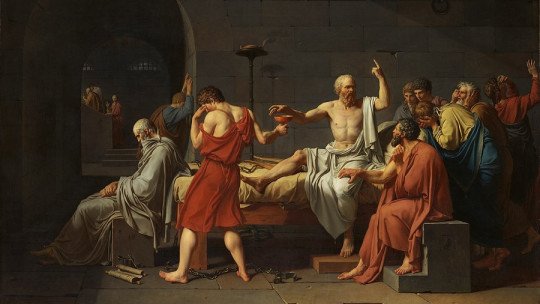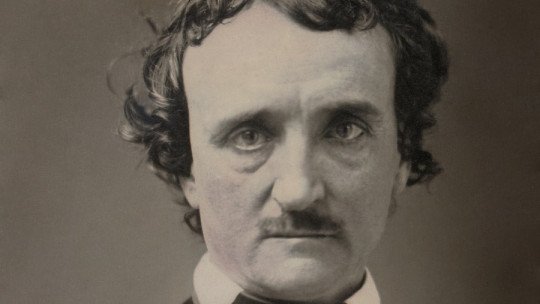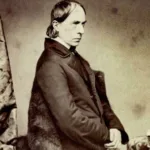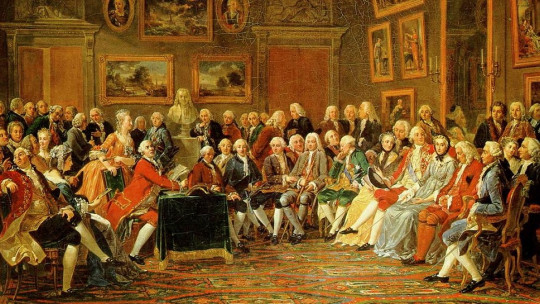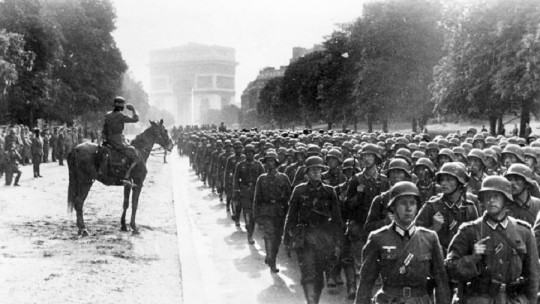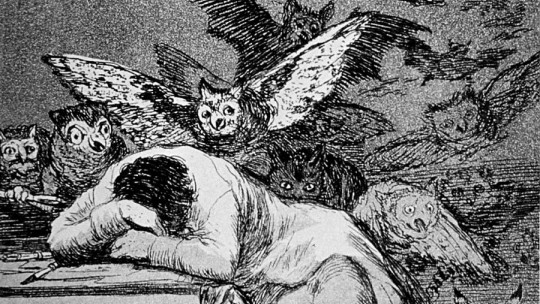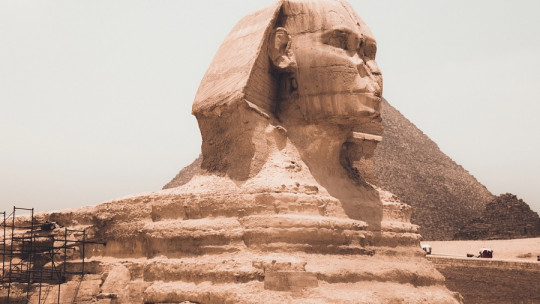It can be considered the premiere of Sturm un Drang, a play by the playwright Friedrich Maximilian Klinger (1767-1785), the starting shot of pre-romanticism that would ultimately give its name to the German pre-romantic movement. However, For some years now, a real protest against neoclassical precepts had been brewing in the German territories
The German Sturm und Drang would be at the head of pre-romanticism during the last decades of the 18th century, while in Mediterranean Europe the Enlightenment of the so-called Age of Enlightenment continued to prevail. Authors such as Friedrich Schiller and Johann Wolfgang von Goethe in literature or Johann Heinrich Füssli and Caspar David Friedrich in painting will give German culture a new dimension, much more interested in the emotional aspects of the individual.
In this article we will talk about pre-romanticism, the generic name given to the various artistic and literary manifestations that preceded canonical Romanticism and that laid the foundations of its aesthetics and ideal.
Rousseau, the precursor of pre-romanticism
By the 1770s, the Enlightenment, the German Aufklärung (if it ever had any serious weight in the territory) was obsolete in the German states. It is then that some intellectuals begin to demonstrate against the rules of the academy and the yoke it imposed on creators In this way, the individual spirit of the artist was born, the absolute vindication of his self.
Pre-romantics rebel against any norm, regardless of its source, that hinders the flow of the true feeling of the human being. In this sense, it is related to the theories of the Swiss Jean-Jaques Rousseau (1712-1778), in that he advocates a return to nature free and without ties. Although Rousseau is often included within the Enlightenment (more by temporal axis than by ideas), in reality his theories are closer to the spirit of pre-romanticism, as attested by his works The New Heloise (1761) and Reveries of a Solitary Walker ( 1778), whose title could not be more romantic.
Goethe, the standard bearer of Sturm und Drang
Goethe (1749-1832) was one of the leaders of the German pre-romantic movement, the aforementioned Sturm und Drang (something like storm and impetus). Especially in his Prometheus, the poet takes advantage of the myth of the titan who rebels against the order imposed by Zeus to make a simile with the artist who confronts the norms of classicism and academia.
The misadventures of young Werther, a pre-romantic work that, however, follows the illustrated tradition of epistolary novels, Goethe portrays the ideal of the romantic young man: dreamer and idealist, forever tied to the heights of the sublime and disillusioned with life to the point of committing a decidedly tragic act to end his bitterness The novel was a resounding success in Europe (they say that even Napoleon himself carried it with him), and in some places it was even banned on the grounds that it incited suicide.
The Sturm un Drang led by Goethe also represented the seed of German national consciousness. The close relationship between these first German romantic manifestations and nationalism is well known, which would later spread throughout the rest of the continent and give rise to the liberal revolutions of 1830 and 1848 and the independence movements of countries such as Greece and Belgium.
If the neoclassicism of the Enlightenment and, above all, of the French Revolution, exalted the beauty of classical art, Germany will do the same with the much-maligned European Gothic architecture, considered barbaric since the Renaissance (hence the name given to it). Giorgio Vasari put it, Gothic, of Goths). Starting with Sturm und Drang this will change, and German intellectuals will begin to claim medieval art as something of their own, inherent to their origins as a nation Goethe himself expressed this idea in his work German Gothic Architecture (1772), most likely influenced by the philosopher Johann Gottfried Herder (1744-1803), the great promoter of German nationalism.
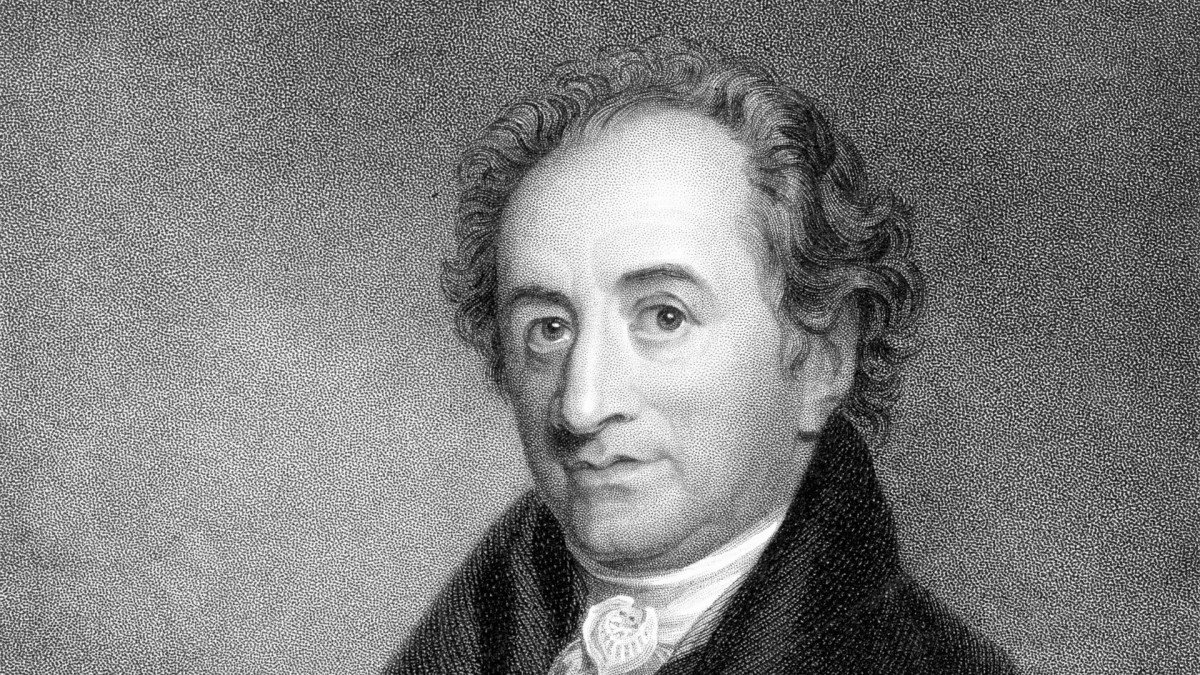
Pre-romanticism outside Germany
Pre-romanticism, materialized in Germany with the Sturm und Drang, had reverberations in many arts, not only in the literary field. In Switzerland, Rousseau’s homeland, we find Johann Heinrich Füssli (1741-1825) who masterfully transferred the precepts of the new aesthetics to his canvases. One of his most famous works is The Nightmare or The Incubus (1781), of which the artist made several versions. In the painting we see a girl writhing in fear in her bed, victim of a bad dream; On her body we can see several spectral apparitions.
The idea of dreams and dream territories as a source of inspiration for artistic creation will be a constant in Romanticism , and its influence will survive until the 20th century in movements such as Pre-Raphaelism or Surrealism. Especially overwhelming due to its darkness is Lady Macbeth with daggers, executed in 1812 and reflecting a clear influence of the British William Blake (1757-1827). Let us not forget that Füssli worked for much of her life in England.
It is precisely in Great Britain where we find great acceptance of the pre-romantic movement. This trend is usually limited to the German countries and, although the Sturm und Drang had a very powerful influence on the development of future Romanticism, in the British Isles we find leading artists such as the aforementioned Blake, who developed his work within the framework of an indisputable romantic feeling.
Blake’s works are decidedly baffling, some entirely unusual even for other pre-Romantics. His work The Ghost of a Flea, in which he represents a huge, terrible-looking anthropomorphic insect, is a great example of his genius. On the other hand, reflects the love of the pre-romantics for the medieval past since it is a painting on a very small panel made, among other materials, with a mixture of tempera and gold.
Since the beginning of the 18th century, some English authors had claimed the return to the natural homeland of human beings. James Mcpherson (1736-1796) was the one who published the famous Gaelic Poems, which he attributed to a supposed bard of Celtic origin, which both pre-romantics and romantics would place on altars. The authorship of Ossian, the supposed bard, was denied years later, when it was confirmed that Mcpherson was the author of the poems. Be that as it may, the work contributed to the development of pre-romanticism in England, by focusing poetry on an almost mythical character from the nation’s Celtic origins.
In pre-Romanticism are the bases of the later nationalist movements, which would have such a boom in full Romanticism. The countries of northern Europe, perhaps in an attempt to emancipate themselves from the tyranny of the classical (linked to Greece and Rome), tried to find a vehicle of self-expression that would differentiate them from the Enlightenment in vogue. His anti-classicist movement turned out to be the seed not only of nineteenth-century Romanticism, but also of future movements in which the importance of the self and the absolute creative freedom of the artist were vindicated
